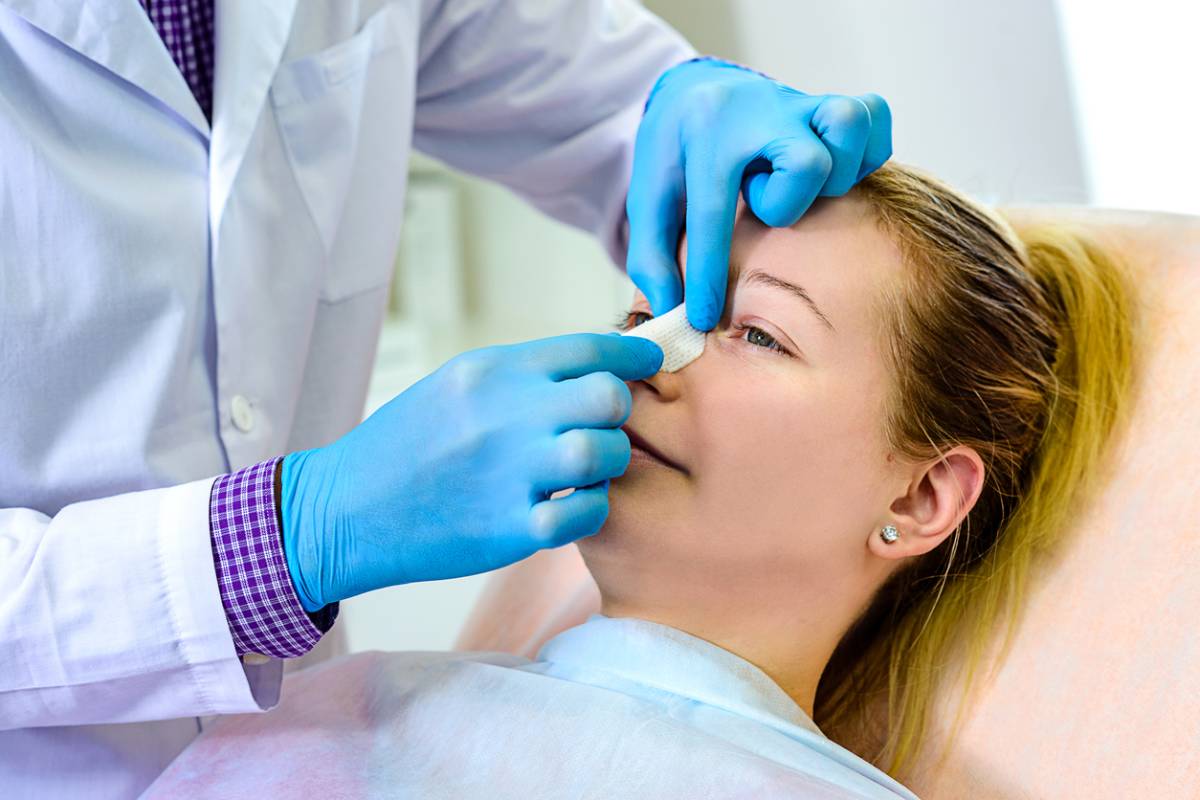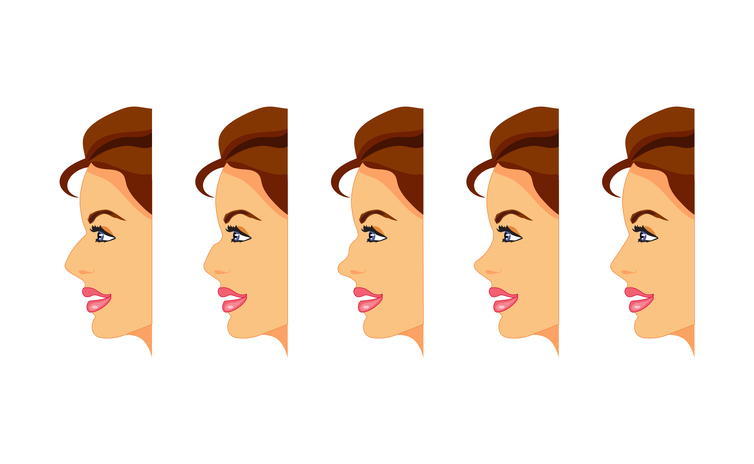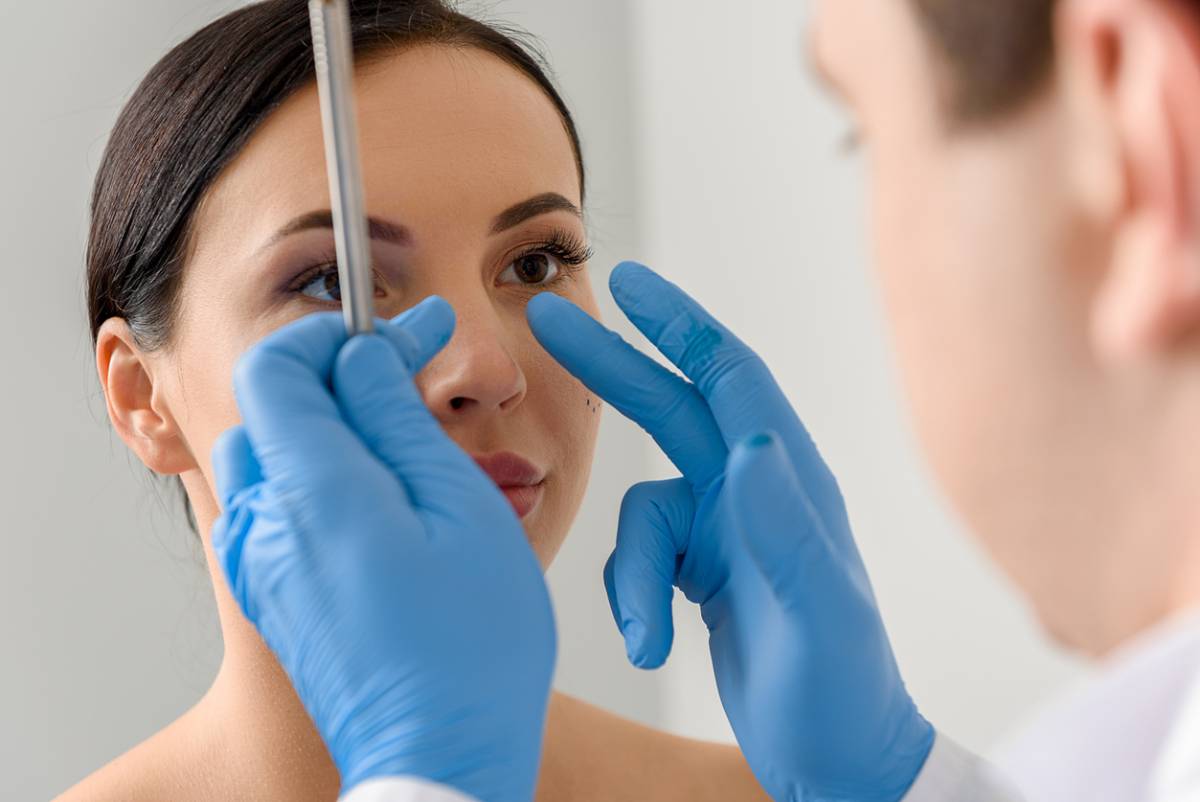When Should You Remove Plaster After Rhinoplasty?
Rhinoplasty is a surgery that changes the size and shape of your nose. It is often referred to as a nose job. It is a popular cosmetic surgery among both men and women. The surgery can improve the aesthetic of your face and balance your features. The recovery process is an important part of ensuring your final results are in line with your goals for the surgery. You may wonder when you should remove plaster after rhinoplasty. Below, you will find the answer to this question and more information about the recovery process of rhinoplasty.
When Should You Remove Plaster After Rhinoplasty?
The recovery period after your rhinoplasty is critical in terms of your final results. The recovery process takes roughly two weeks. However, you will not see your final results for roughly one year. Right after surgery, the surgeon will place plaster on your nose. This is done to protect it while it heals. It is important to keep your plaster on until your surgeon advises you to remove it. In many cases, you can take it off within 7 to 10 days.
The purpose of the plaster is to protect your nose as you heal. Accidental bumps and pressure can impact your results. It also helps reduce swelling and maintain the new shape. Your face will go through a number of changes after surgery; the plaster will hold this altered bone and tissue in place. This promotes optimal healing during the first week or two. The exact timing will depend on the details of your healing and recovery, so be sure to consult with your surgeon about your progress.
Rhinoplasty Recovery Timeline
Rhinoplasty is a plastic surgery performed on an outpatient basis. Most patients return home on the same day of surgery. It is especially important to focus on rest and recovery during the first few days. You will experience swelling, pain, and bruising. These effects are completely normal and will gradually subside as you recover. Your surgeon will provide you with post-surgery instructions. Closely following them is important when it comes to your final results.
The first four weeks will come with a lot of changes. You will notice that your swelling and bruising will subside after a few weeks. The pain and discomfort also goes down. In many cases, you may only need over-the-counter medication to manage your symptoms at this point. You will likely have a post-surgery appointment within 7 to 10 days after surgery. This is often when your surgeon will take off your plaster. Most patients are back to their normal routine at this point. However, strenuous physical activity and heavy lifting should be avoided until around one month post-surgery.
Recovery Tips After Rhinoplasty
The healing process can take a few weeks for you to fully recover. Most people get back to their daily routine within a couple of weeks. You should avoid strenuous exercise and heavy lifting until your surgeon clears you to do so. They will usually do so around the one-month mark after surgery. Below are some helpful tips to promote healing during your recovery period.
Elevation
Keeping your head elevated can improve swelling and discomfort, and it is important to elevate your head when you are awake and asleep. Use extra pillows when you sleep to keep your head propped up.
Cold Compress and Medication
Swelling and bruising are common. To reduce the amount of swelling, use a cold compress as instructed by your surgeon. Reducing swelling can also help reduce any pain or discomfort. Take the medications your doctor prescribed to manage your pain.
Diet and Hydration
As you recover, your body needs healthy fuel. Focus on nutrient-dense foods that are rich in vitamins and minerals such as fruits, vegetables, lean protein, and healthy fats. Healthy, nutritious foods can promote optimal recovery. Stay hydrated during your recovery. Aim for at least eight glasses of water each day.
Beverly Hills Plastic Surgeon
If you are unhappy with the size or shape of your nose, contact Dr. Brent Moelleken and his team today to schedule a consultation!



